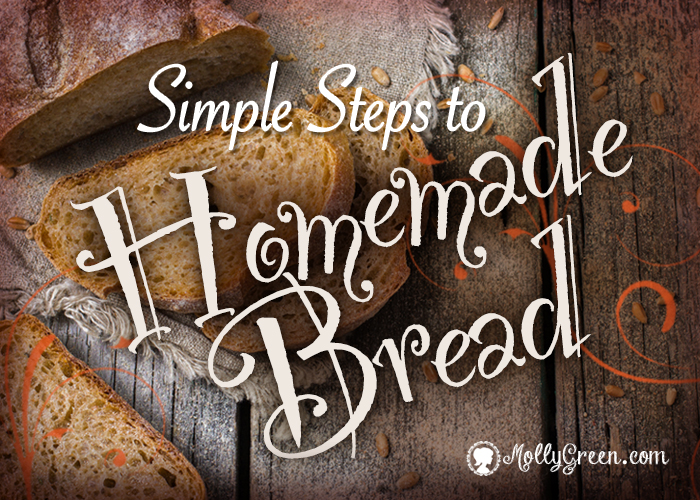By Karen Whiting
One of the great dramas in the kitchen is bread making where the yeast is the temperamental diva and the flour is the hero. I’ve been making bread for most of my life and using the same great wheat flour recipe for forty years. I can take the dough and use it to make rolls or loaves. I have learned a few tips that make it work. The recipe for Honey of an Egg Whole Wheat Bread is in my book Nature Girl: a guide to caring for God’s creation.
Watch my video for step-by-step instructions on making whole wheat bread and cinnamon rolls.
Tips for Making Homemade Bread
- Yeast needs to dissolve for 10 minutes so don’t shorten that time. Also, the higher the altitude the easier the dough rises. At sea level it takes longer (my recipe takes 2 hours at sea level).
- When using both oil and honey with the same measurement it works best to measure oil first. The honey won’t stick in the oiled measuring cup.
- Check to see if dough has risen enough with two fingers. Lightly press into the center of the dough to your first knuckles. If the indent remains, the dough is ready.
- Once the risen dough is punched down, it needs 10 minutes to recover. Punching reinvigorates the yeast and collapses air pockets that formed, but it needs a little time to inflate again. Letting the excess air escape helps give the bread more body. Some cooks suggest that this process also squeezes out carbon dioxide and gas pockets. This helps create a more tender and finer crumb with less big holes in the bread.
- Kneading is done to strengthen the gluten that gives bread its structure. The dough starts out as a rough lump and sticky mess. It gets smoother and less sticky as you knead it. There are a few ways to test the dough to see if you’re done kneading.
- Poke the dough. If a dimple remains, keep kneading. If the indent fills back up quickly, the dough is ready.
Grab a small ball (golf ball size) of the dough and stretch it. If you can stretch it paper thin without the dough breaking it is elastic enough and ready. - Once you bake bread several times you’ll be able to look and judge if the bread is done baking. If unsure, you can use a thermometer and check. Most bread is finished baking at about 190 degrees, although bread with eggs and milk or butter are cooked at 200 degrees.
Bread and the Bible
The Bible abounds with verses related to bread with the most well known being the declaration of Jesus, “I am the bread of Life” (John 6:35).
Consider some interesting facts thoughts about bread in the Bible:
- Abraham shared communion with Melchizedek in Genesis 14
- God provided manna, a type of bread, daily for forty years (Exodus 16:4,15; Joshua 5:12)
- The bread of presence on the altar symbolized God’s presence (Exodus 25:30)
- After the resurrection Jesus broke bread with his disciples (Luke 24:30; John 21:13)
- Christians broke bread regularly (Acts 2:42; 7:20)
Homemade Whole Wheat Bread Ingredients
- 1 package yeast
- 1 cup warm water
- 1 cup milk, scalded
- 3 eggs
- 1/4 cup oil
- 1/4 cup honey
- 6 cups flour
Directions
To make it, dissolve yeast then add liquid ingredients. Add flour, a cup at a time, until dough is stiff. You may not need all the flour. Let rise until doubled. Punch down, Rest dough 10 minutes. Knead 5–10 minutes. Bake at 350 degrees for 50 minutes.
Karen Whiting is an international speaker, award-winning author of nineteen books and former Miami educational television host of Puppets on Parade. Karen’s newest book, Nature Girl: a guide to caring for God’s creation, includes this recipe and more ideas on using the recipe. Nature Girl provides experiments, crafts, games, quizzes, and other hands on activities for explorations into water, air, energy, farming, critters, and health.






i love how you always bring GOD—into everything—–i just tumbled into molly–site by accident—luv it let the fun and praise begin!!!!